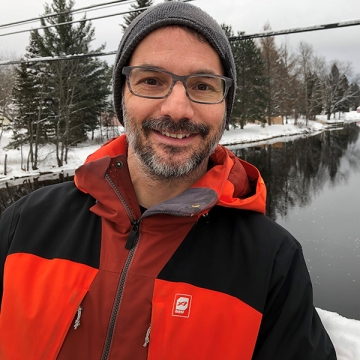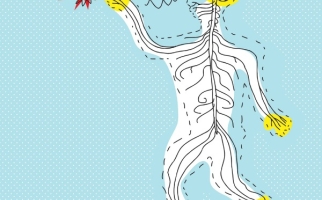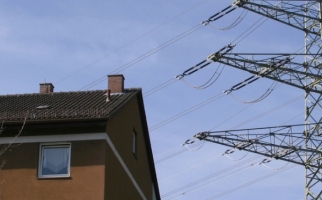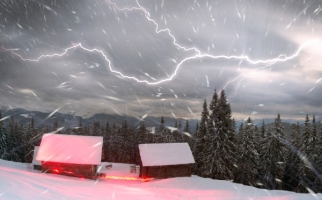
Innovations in Nuclear Technologies
STEM Explained
Learn about why Canada is a world leader in nuclear technology.

Stacey Corbett
Career Profiles
Geographic Information Systems Manager
Generating Electricity: Biomass
Backgrounders
Learn how biomass can be used to generate electricity.

Generating Electricity: Fossil Fuels
Backgrounders
Learn how energy from fossil fuels can be used to generate electricity.

Jean Paquin
Water Resources Analyst Engineer at Rio Tinto

Introduction to Current Electricity
Backgrounders
Learn about current electricity and why it should be handled safely

Introduction to Static Electricity
Backgrounders
Learn about static electricity and where we encounter it in daily life.

Does Living Near High-Voltage Power Lines Cause Cancer?
STEM Explained
Learn about the risks of electromagnetic radiation near high-voltage power lines.
Vivienne Jaehn-Kreibaum
Career Profiles
Electrical Engineer

Roger Bragg
Career Profiles
Construction Electrician

Thundersnow: winter thunderstorms
STEM Explained
When thunder and lightning occur but the main form of precipitation is snow, not rain, it’s called thundersnow.

Which materials bounce?
Hands-on Activities
Balls go up and down. But what makes for a good ball? Find out by exploring which materials bounce.

What If You Could Charge Your Phone Using Radio Waves?
STEM Explained
Could we use radio waves to charge electrical technologies in the future?

Thermopower and the Body Heat-Powered Flashlight
STEM Explained
Can your body be a source of electricity generation? Maybe, if you understand heat transfer. Explore this concept through a 2013 invention by a Canadian teen.

Understanding Electricity Supply and Demand
Backgrounders
Electricity demand changes constantly. Suppliers need to generate more electrical energy when demand is high, and less when demand is low.